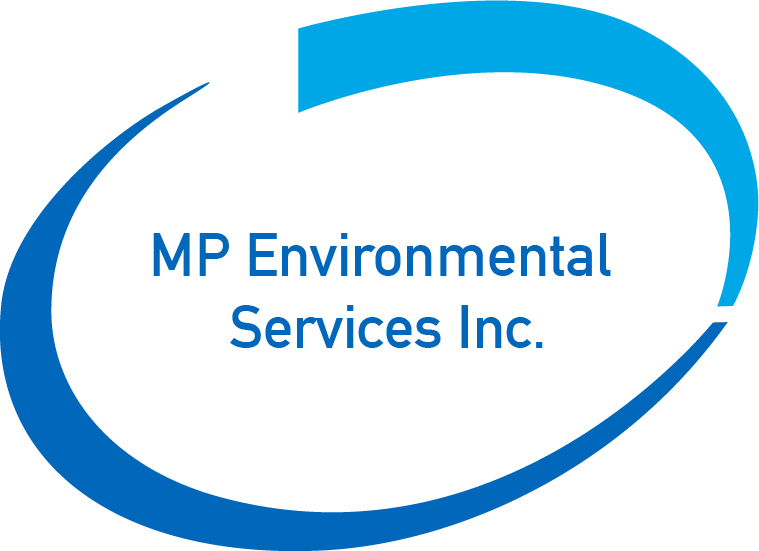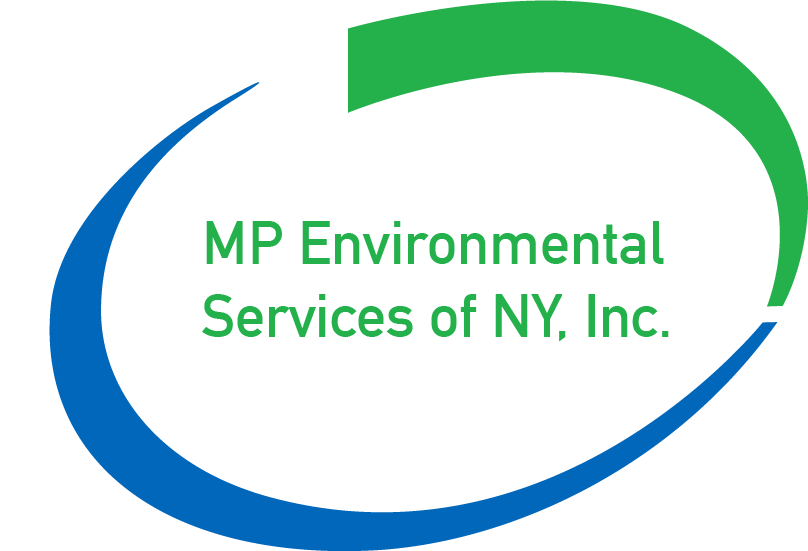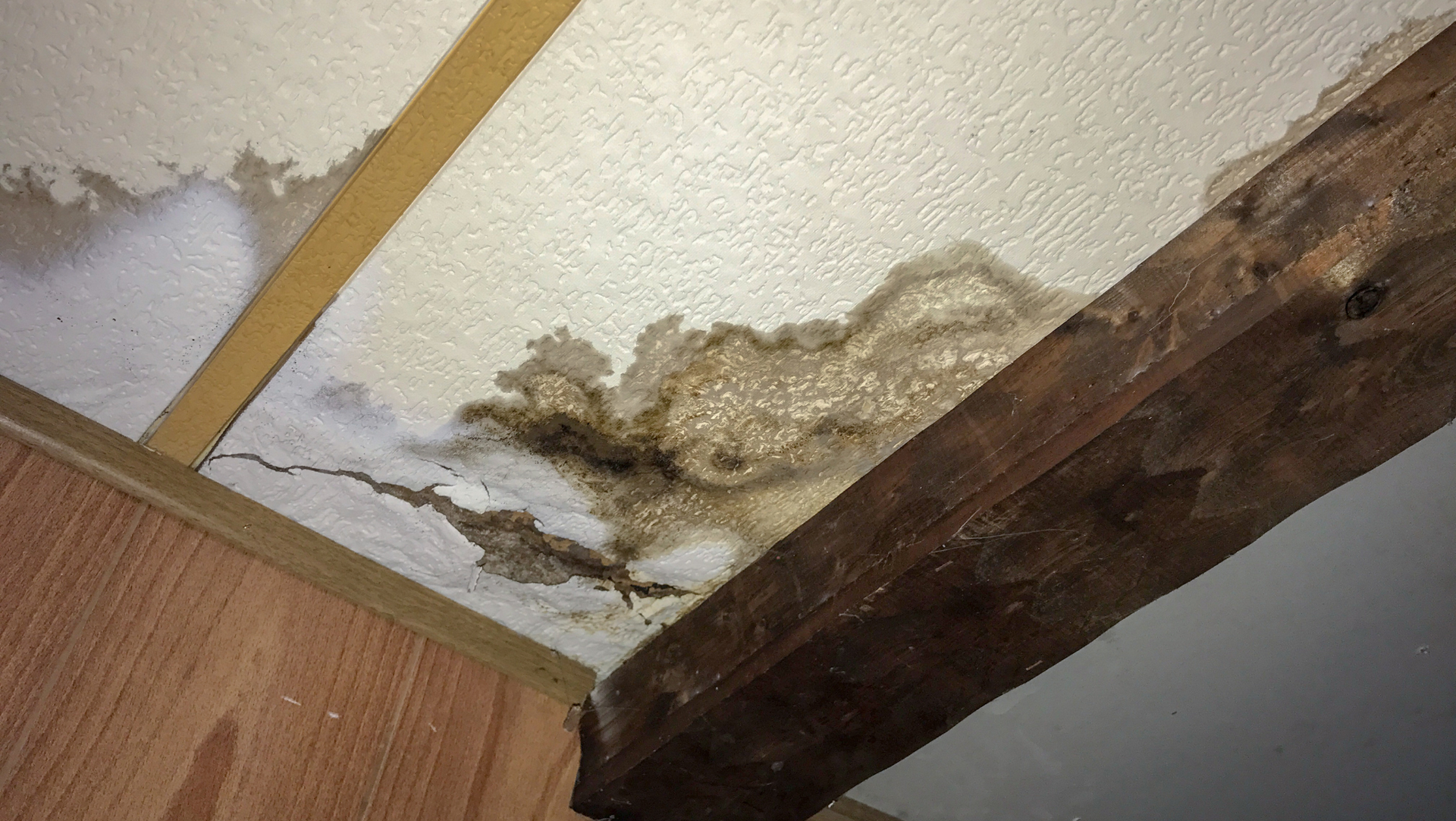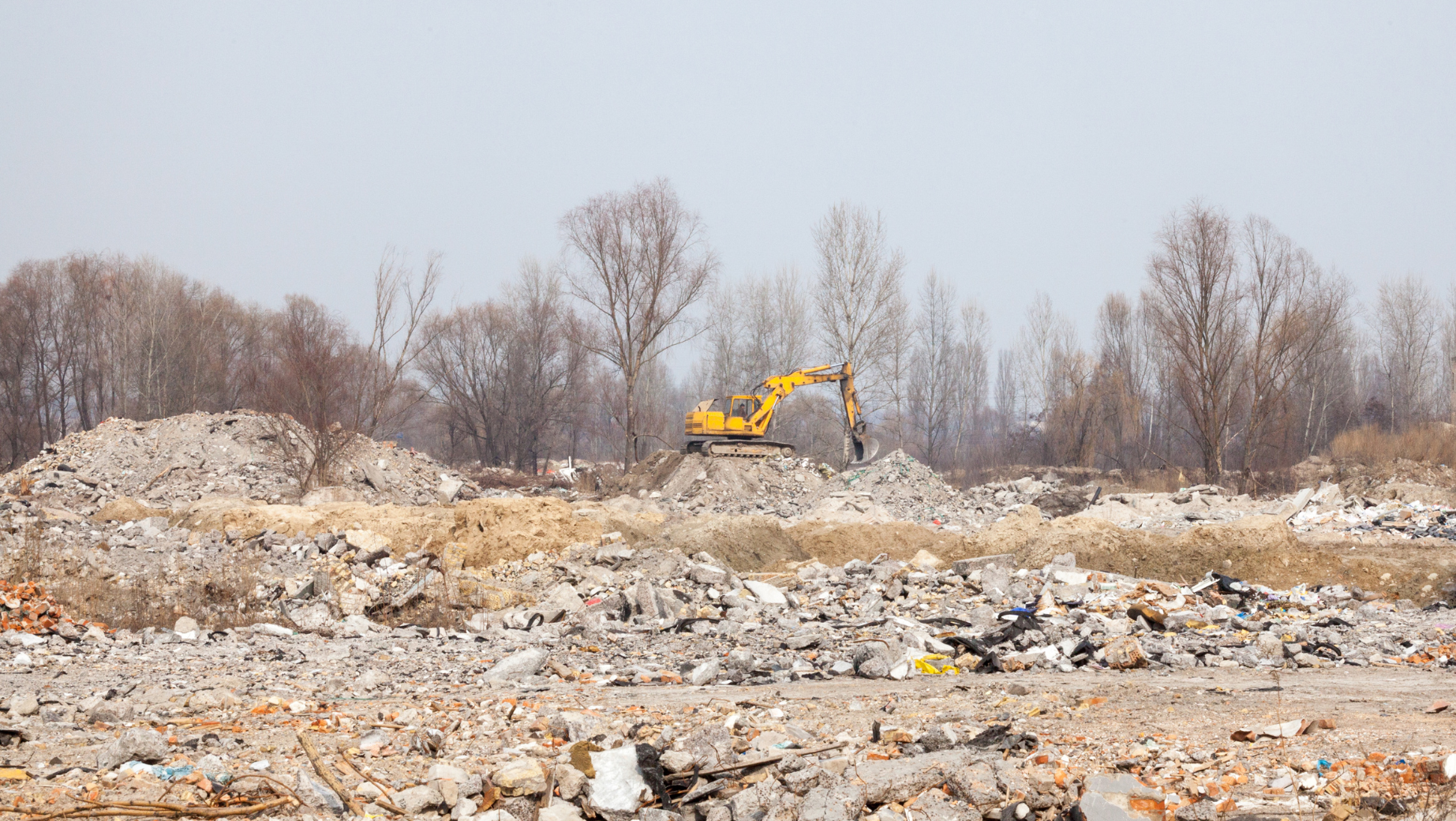Underground Storage Tank Removal: What to Expect from Start to Finish
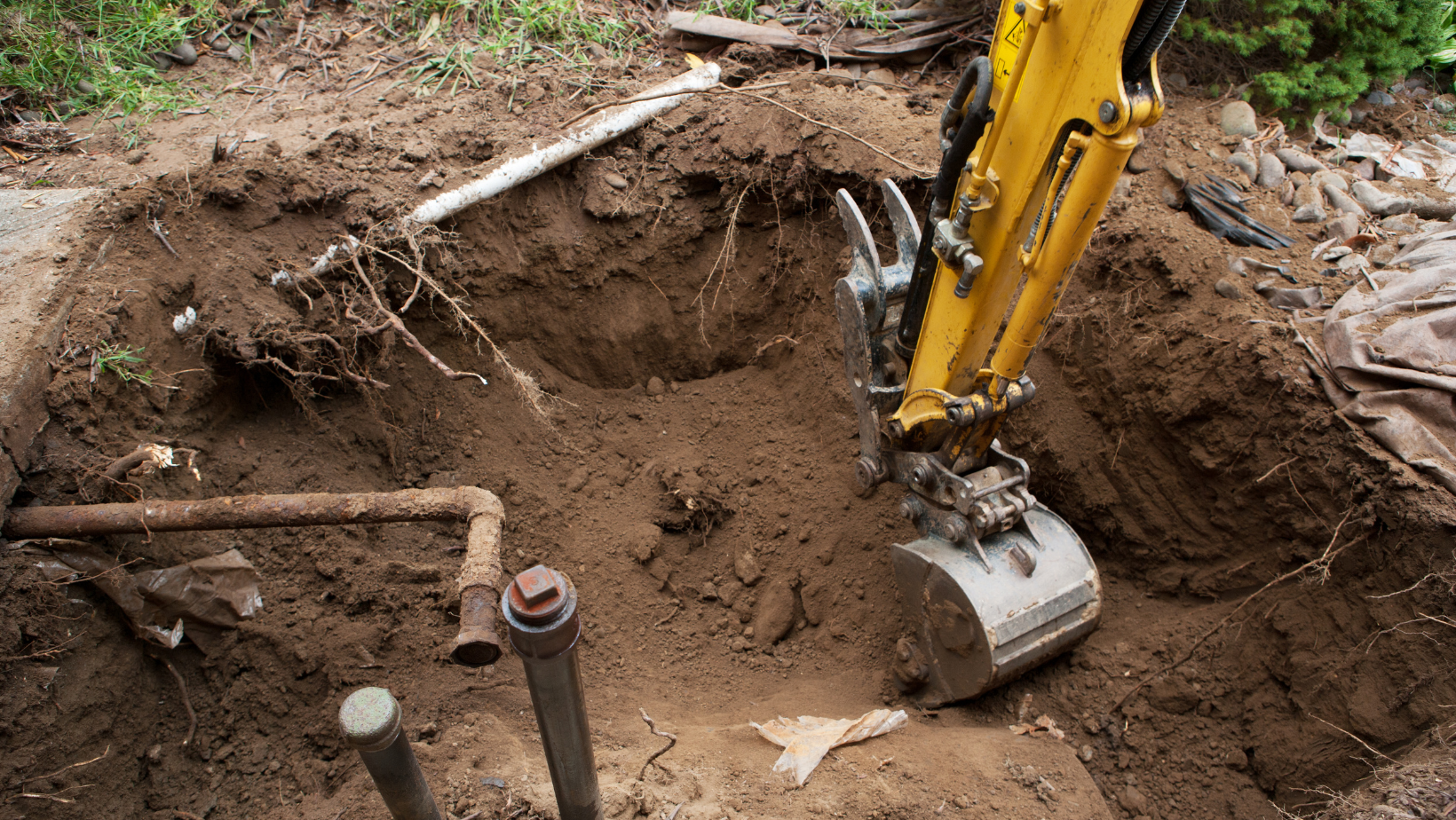
Underground Storage Tanks:
The Removal Process & What You Need to Know
Underground Storage Tanks (USTs) are often used to store fuel oil and other hazardous substances, but over time, they can become a major liability if not properly managed. In many states, an out-of-service UST must be removed by law to prevent environmental contamination and safety risks. Whether you're a homeowner or a commercial property owner, knowing what to expect during the UST removal process can help you stay compliant and ensure everything is done safely and legally.
Here’s a step-by-step look at how the process works:
Initial Assessment & Permitting
The first step is a thorough assessment. At MP Environmental Services, we start by inspecting the tank and surrounding area to check its condition and identify any potential contamination risks. This includes looking for leaks, testing soil conditions, and reviewing the tank’s history.
Once we have a clear picture of the situation, we take care of all necessary permits to ensure compliance with New York Department of Environmental Conservation (NY DEC) regulations. Getting the right permits upfront is essential to avoid fines and make sure the project meets state and federal standards.
Excavation & Removal
With permits in place, it’s time to dig. Our team carefully excavates around the tank to fully expose it, using precise techniques to prevent accidental spills or damage. For example, during a recent UST removal in Plattsburgh, NY, we teamed up with MJ Raymond Excavating to safely unearth a 2,000-gallon tank without causing any environmental harm. Careful excavation is key to a smooth and safe removal process.
Cleaning & Disposal
Once the tank is out in the open, any leftover contents need to be removed. This includes pumping out residual fuel, oil, and water mixtures, which are then transported to a NY DEC-permitted facility for proper disposal or recovery. The tank itself is then thoroughly cleaned to eliminate any hazardous residues before it’s taken off-site. In the Plattsburgh project, we safely transported and processed about 480 gallons of fuel, oil, and water mixture.
Soil Testing & Environmental Oversight
After the tank is removed, we test the soil to check for any contamination. Using advanced tools like photo-ionization detectors (PID), we screen for volatile organic compounds (VOCs) to ensure the area is safe. In the Plattsburgh project, our PID readings showed no contamination, confirming the site was in the clear. This step is crucial—not only for environmental compliance but also to protect property owners from potential liabilities down the road.
Backfilling & Site Restoration
Once the tank is out and the soil is tested, we backfill the excavation site with clean soil. Restoring the area properly helps prevent issues like sinkholes or soil erosion, keeping the property safe and stable.
Reporting & Compliance
Finally, we compile a detailed report outlining every step of the removal process, from soil testing results to disposal records. This documentation proves that the UST was removed responsibly and can be essential if you ever sell or refinance the property.
At MP Environmental, we make sure all reports meet regulatory standards, helping property owners avoid any headaches down the line.
Ready to start your UST removal process?
Don't let an underground storage tank become a costly liability. Our experts at MP Environmental Services ensure a smooth, compliant, and environmentally safe removal from start to finish.
Contact us today to schedule an assessment and take the first step toward a safer property!


